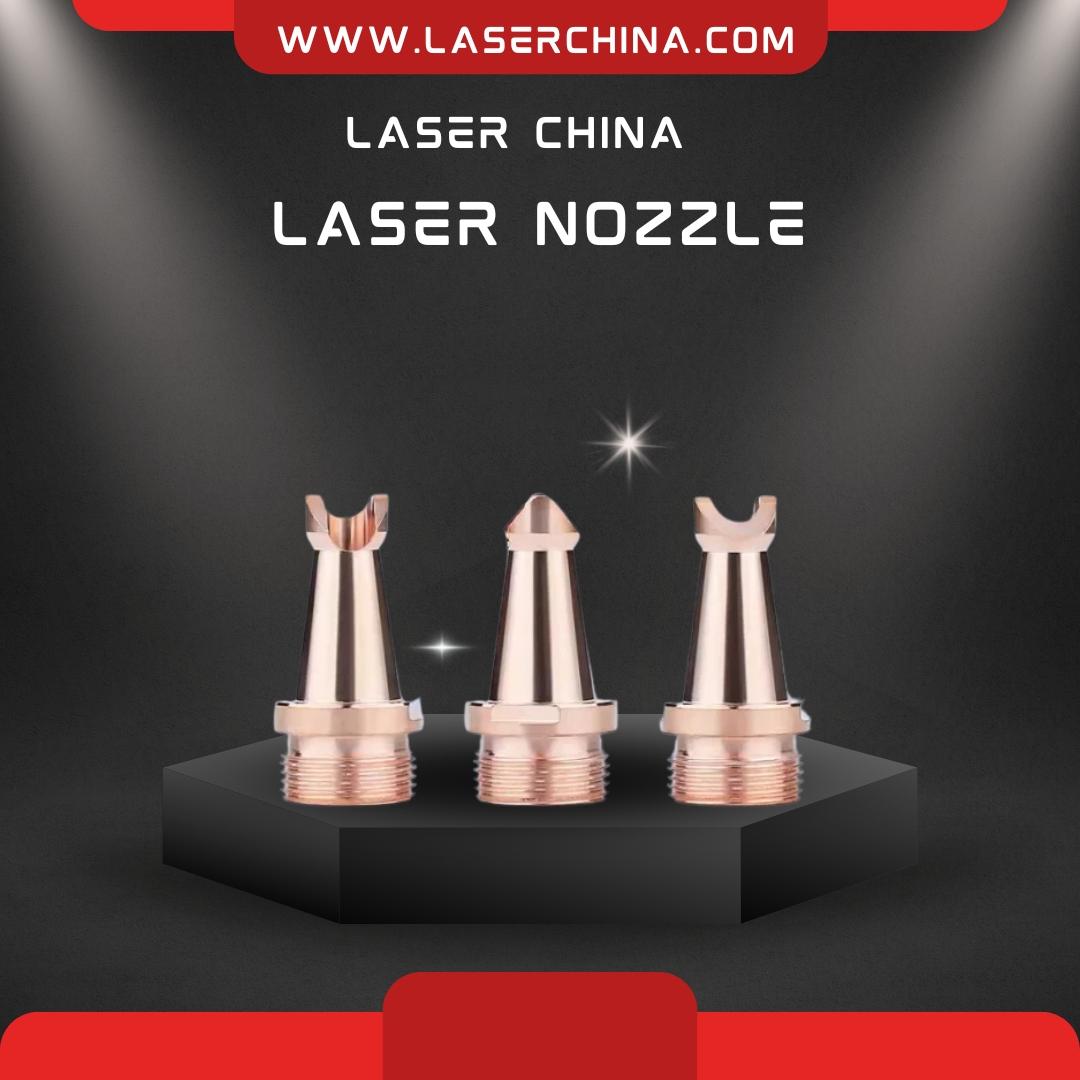An F-theta lens is a specialized type of scanning lens used mainly in laser marking, engraving, cutting, and welding systems. Its primary job is to focus a laser beam onto a flat work surface while ensuring that the beam's position remains linearly proportional to the scanning mirror angles. In simpler terms, it makes sure that when the laser beam moves across the work area, it remains properly focused and moves in a straight, predictable way.
The "F-theta" name comes from its unique optical design. In an ideal F-theta lens, the distance from the lens to the focused laser spot is proportional to the angle (theta, θ) of the incoming beam. In mathematical terms, it aims to create a flat field where the scan length (field size) is roughly proportional to f × θ, where "f" is the focal length and "θ" is the scan angle. This design corrects for the natural curvature that would otherwise occur in a basic focusing lens, ensuring that the laser marks or cuts accurately across the entire surface.
Without an F-theta lens, when scanning with galvo mirrors (the mirrors that move the laser beam around), the focus would shift and distort across the working area. The center might be sharp, but the edges would blur or warp. An F-theta lens eliminates this problem, providing sharp, consistent focus across a wide field. This makes it absolutely essential for high-speed, high-precision tasks like laser engraving logos, serial numbers, QR codes, and intricate patterns.
Another critical aspect of the F-theta lens is that it is designed for specific laser wavelengths. For example, there are F-theta lenses optimized for CO₂ lasers (around 10.6 µm wavelength), fiber lasers (1064 nm), and UV lasers (355 nm). Using the correct lens material and coating ensures maximum transmission of the laser energy and prevents damage to the lens.
The focal length of the F-theta lens affects both the working field size and the spot size. Shorter focal lengths produce smaller spots and smaller working fields, making them ideal for fine, detailed work. Longer focal lengths create larger working fields but slightly larger spot sizes, which are better for marking larger objects or surfaces where ultra-fine resolution is not critical.
However, even with its advantages, the F-theta lens requires careful handling and maintenance. Dust, scratches, or contamination can severely degrade the beam quality and marking precision. Therefore, keeping the lens clean and using protective windows in front of the lens during operations is highly recommended.
In conclusion, the F-theta lens is an indispensable component in any laser scanning system where speed, precision, and consistent quality across a flat field are needed. It ensures that the laser can accurately and reliably mark or process a wide area without losing focus or precision. For industries like electronics, automotive, medical devices, and aerospace — where tiny details matter — the F-theta lens is the key to unlocking the full potential of laser technology.
